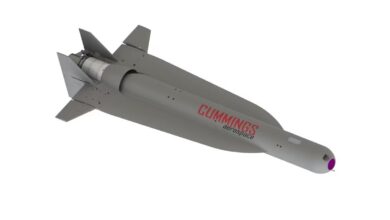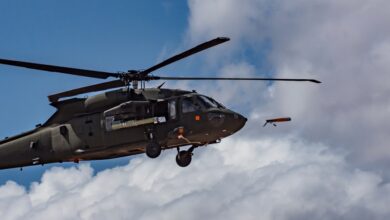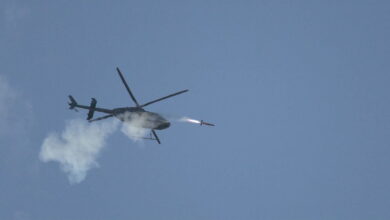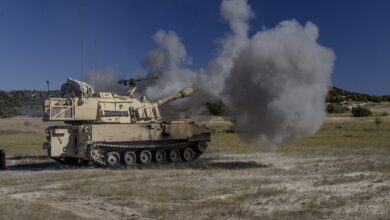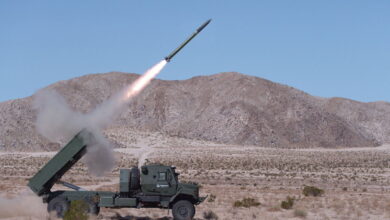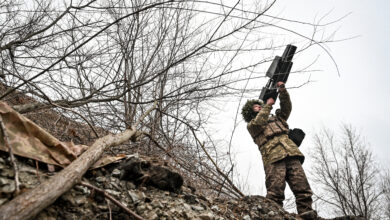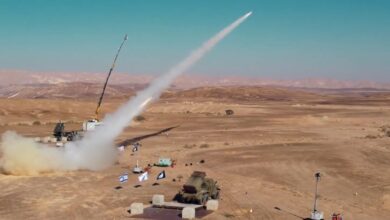Raytheon Lower Tier Air Defense Radar Delivered for Testing
The first of six Lower Tier Air and Missile Defense Sensors (LTAMDS) arrived at the US Army’s White Sands Missile Range last month, marking the beginning of a series of operational tests.
The US Army awarded Raytheon Missiles & Defense a $384 million contract in 2019 to deliver the radars as a replacement for the Patriot radar, which has a range of 12 to 99 miles (20-160 kilometers), depending on the variant.
The LTAMDS is compatible with the US Army Integrated Air and Missile Defense Battle Command System, the army’s new air defense system being built in partnership with Northrop Grumman.
Upgrade on Patriot
The Active Electronically Scanned Array radar has been developed to defeat next-generation threats, including hypersonic weapons.
The LTAMDS is powered by Gallium Nitride, a much more efficient way of transmitting electricity than traditional gallium arsenide, enhancing the radar’s signal and sensitivity.
The radar has three antenna arrays – a primary array on the front, and two secondary arrays on the back, to detect multiple threats simultaneously, something the Patriot cannot do.
The company also claims that radar sensors can “detect otherwise unseen threats at greater distances, higher velocities, and from any direction.” The radar reportedly has a detection range of two and a half times that of Patriot.
80-Plus Could be Purchased
“LTAMDS provides dramatically more performance against the range of threats, from manned and unmanned aircraft to cruise missiles and ballistic missiles,” Raytheon Land Warfare & Air Defense business unit President Tom Laliberty said.
“Air defense forces around the world are taking notice of LTAMDS, with over a dozen countries showing formal interest in acquiring the radar.”
According to Raytheon executive Bob Kelley, more than 80 radars could eventually be purchased by the service.



